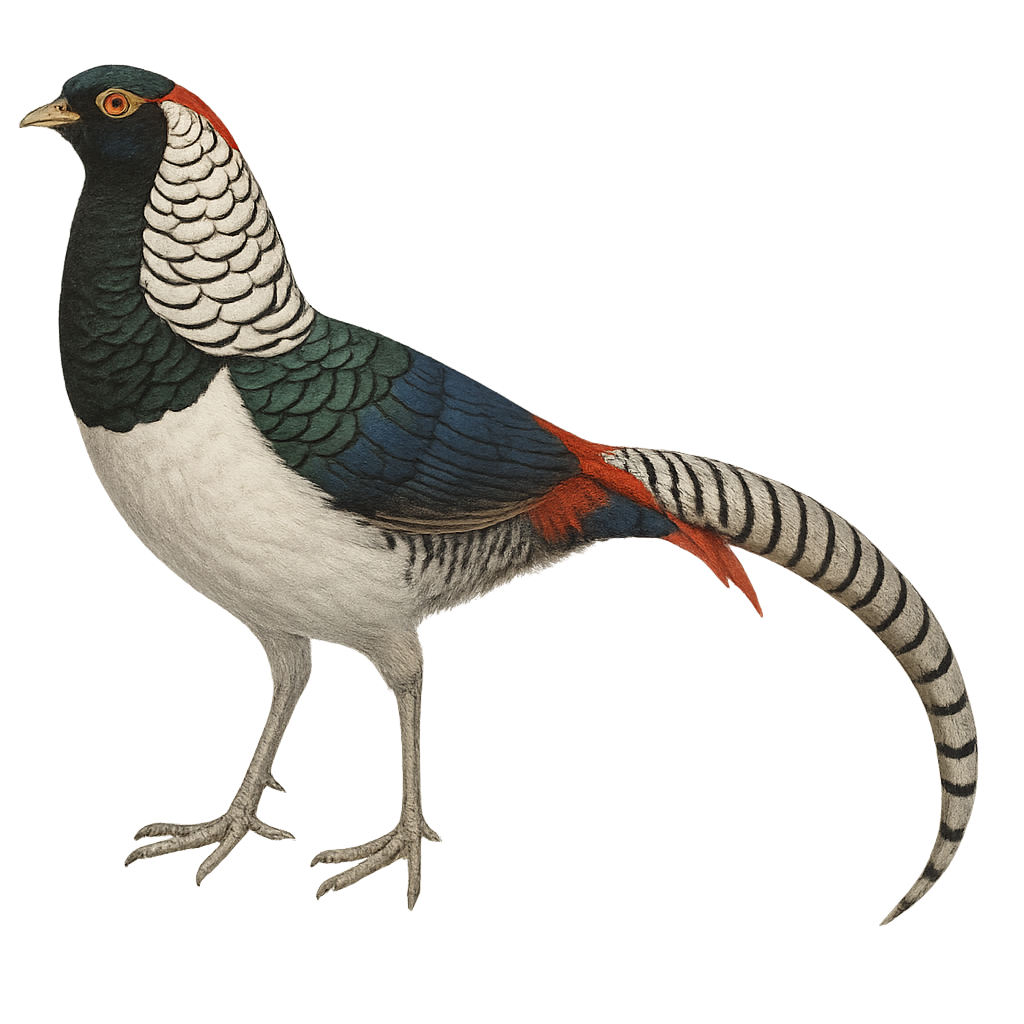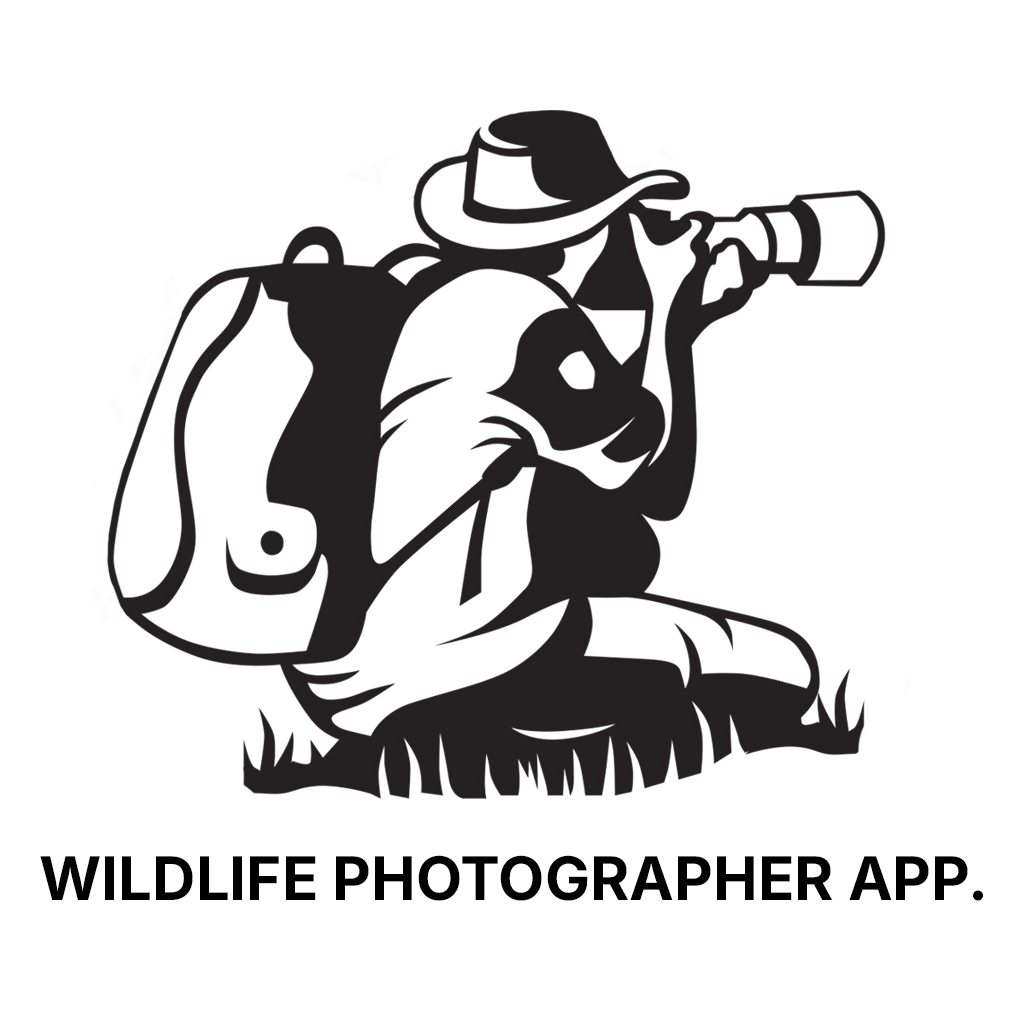Your wildlife photography guide.
Explore the lady amherst's pheasant in detail, study its behavior, prepare your shots.
Where to observe and photograph the lady amherst's pheasant in the wild
Learn where and when to spot the lady amherst's pheasant in the wild, how to identify the species based on distinctive features, and what natural environments it inhabits. The WildlifePhotographer app offers tailored photography tips that reflect the lady amherst's pheasant’s behavior, helping you capture better wildlife images. Explore the full species profile for key information including description, habitat, active periods, and approach techniques.
Lady Amherst's Pheasant
Scientific name: Chrysolophus amherstiae

IUCN Status: Least Concern
Family: PHASIANIDAE
Group: Birds
Sensitivity to human approach: Suspicious
Minimum approach distance: 10 m
Courtship display: April to May
Incubation: 24-26 jours
Hatchings: April to June
Habitat:
Dense forests, undergrowth, mountains
Activity period :
Primarily active during the day, with peak activity in the morning and late afternoon.
Identification and description:
The Lady Amherst's Pheasant is a striking bird known for its vibrant plumage and long tail feathers. Native to the mountainous forests of China and Myanmar, it was introduced to Europe in the 19th century. The male boasts colorful plumage with intricate patterns of green, red, blue, and white, while the female is more subdued with brown tones. These birds prefer dense forest habitats where they feed on seeds, fruits, and insects. Although primarily terrestrial, they can fly short distances to evade predators. Their behavior is generally suspicious, making them challenging to observe in the wild.
Recommended lens:
400 mm – adjust based on distance, desired framing (portrait or habitat), and approach conditions.
Photography tips:
To photograph the Lady Amherst's Pheasant, it is advisable to use a telephoto lens of at least 400mm to capture detailed images without disturbing the bird. Look for areas with dense vegetation, as these birds prefer undergrowth. Be patient and discreet, as their suspicious behavior makes them difficult to approach. Use a tripod to stabilize your camera and wait for the right moment to capture their vibrant plumage under soft natural light.
The WildlifePhotographer App is coming soon!
Be the first to explore the best nature spots, track rutting seasons, log your observations, and observe more wildlife.
Already 1 430 wildlife lovers subscribed worldwide

